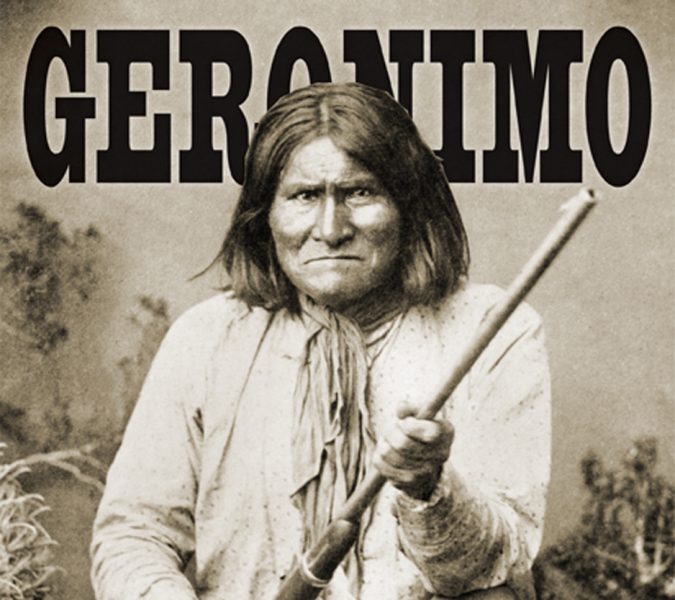Geronimo: Thug, Hero, or Neither?
Who exactly was Geronimo? The legendary Apache fighter is one of the most famous American Indians in history, but his public image has changed dramatically through the years. In his latest book, Geronimo, historian Robert Utley tries to solve the mystery of this persona, questioning the validity of the impressions that have seized the public’s imagination. Geronimo is often remembered today with a sense of awe and admiration, as “the Apache daredevil fighting for his homeland.” But when his name first entered the public consciousness in the 1870s, it was not a hero, but a plunderer and murderer that was being presented to Americans.
 Utley is quick to point out that neither extreme tells the full story. On one hand, Geronimo often displayed courage and bravery, particularly during clashes with Mexican troops. On the other hand, given that Geronimo spent much of his life raiding and plundering Mexicans, in a country that was in no way his “homeland,” it’s also inaccurate to portray him as one of the “culturally pure innocent victims of American expansion.” How, then, can the “real” Geronimo be characterized? Utley’s answer: “Only two words apply universally: complex and contradictory.”
Utley is quick to point out that neither extreme tells the full story. On one hand, Geronimo often displayed courage and bravery, particularly during clashes with Mexican troops. On the other hand, given that Geronimo spent much of his life raiding and plundering Mexicans, in a country that was in no way his “homeland,” it’s also inaccurate to portray him as one of the “culturally pure innocent victims of American expansion.” How, then, can the “real” Geronimo be characterized? Utley’s answer: “Only two words apply universally: complex and contradictory.”
One event that had a profound and lasting influence on Geronimo’s life was the massacre of his first family in 1851. The Sonorian commander, Colonel Jose Maria Carrasco, destroyed several Apache Rancherias on March 5 in a retaliatory attack, killing twenty-one people and taking sixty-two captives. Geronimo recounted his experience finding the bodies of his family: “Silently we stole in one by one: sentinels were placed, and, when all were counted, I found that my aged mother, my young wife, and my three small children were among the slain. There were no lights in the camp, so without being noticed I silently turned away and stood by the river. How long I stood there I do not know, but when I saw the warriors arranging for a council I took my place.”
Utley summarizes the impact of the massacre as one that “planted in him a bitter hatred of all Mexicans that lasted until the end of his life. At twenty-eight, this landmark event shaped the man and marked out his life’s pathway.” This, then, helps in explaining why Geronimo eventually became a “ruthless butcher” notorious for shooting, slashing, torturing and murdering almost anyone that crossed his path—particularly in Mexico. In one especially brutal instance in 1886, “he slaughtered the whole family of rancher Artisan Peck and then left Peck to look down on his dead and mutilated family.”
The picture of Geronimo that emerges through Utley’s meticulously researched, excitingly crafted narrative is one composed of many seeming contradictions, revealing the complexity of his subject. At times defiant and at others submissive; committed to his tribe’s spiritual beliefs and yet prone to lapses in devotion; a fierce leader of raids who was nonetheless susceptible to alcohol-induced indiscretions—this was a man who defied easy categorization, complex and contradictory to the very end.




